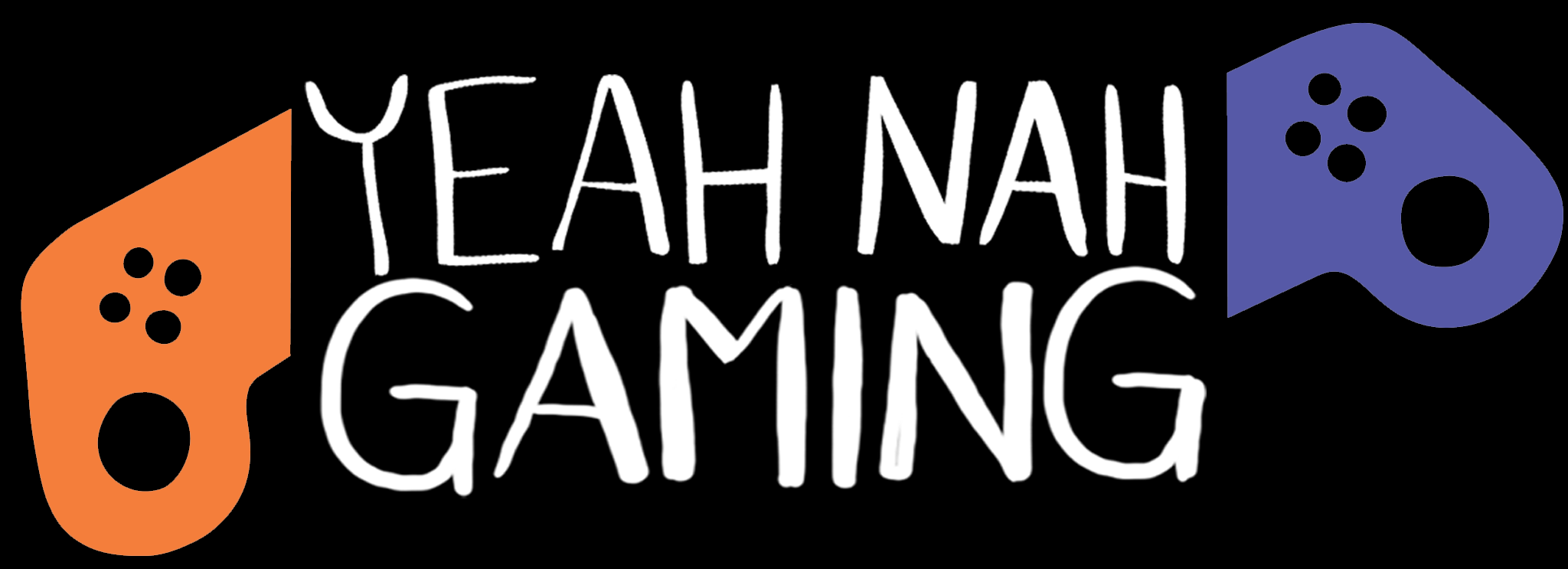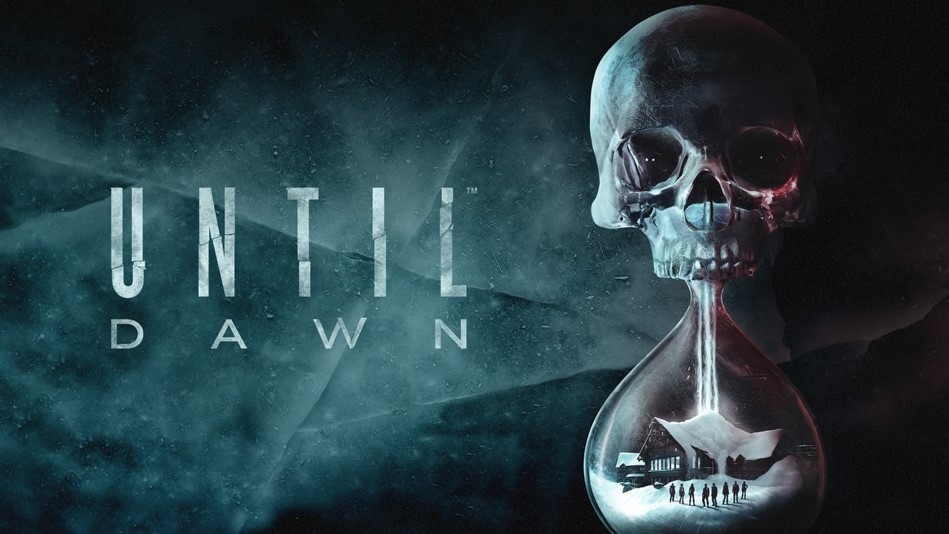Until Dawn first launched in 2015, with campy 80’s slasher movie vibes, and a popularity that slingshotted Supermassive Games into their interactive horror story niche. Now, nine years later, Until Dawn is seeing a remake. Showing off improved graphics, new content, and a new musical score, while noticeably missing Supermassive Games, and gamers actually asking for it to be remade.
Upon booting up the game, the first thing you will find is a huge settings menu. There is a range of accessibility options, which is always great to see, as well as about a million different ways to alter the controls. From inverse, to swapping sticks, to ‘legacy controls’, you can play this version of Until Dawn however you want. Which is great, because while novel and part of the experience, the original controls were gimmicky. No more shall you flip your controller to look at items you pick up. Instead you can use the thumbsticks. Like a normal person. That’s not to say that the uniqueness of the DualSense controller is ignored. The adaptive triggers allow a very nice touch where a half press chooses the option, and a full press confirms it. Meaning you can’t make a choice accidentally, so don’t try and say you didn’t kill Ashley on purpose! Each character you play also has a unique colour on the DualSense, which adds absolutely nothing to the game, but is a nice touch.
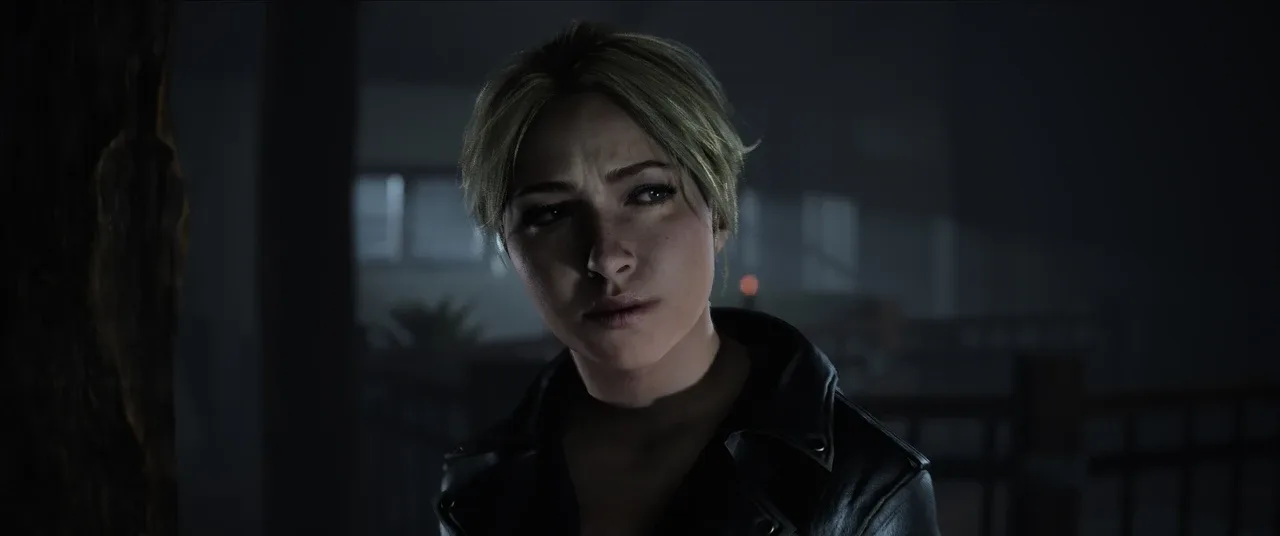
The remake starts off letting you know it’s going to shake things up. If you’ve played the original Until Dawn you will recognise what is happening as the prologue plays out. The characters, actions and voice lines are the same, but there is more depth given to some characters as lines are used differently, and some actions are changed. Everything feels a lot more cinematic, with more cutscenes, a montage to music, and less wandering around the lodge, waiting for things to go wrong. While more cutscenes should be a bad thing, instead it helps with the pacing, making the prologue action focused, and a lot more engaging. You start playing as Beth, and are thrown straight into a don’t move sequence. If you used to cheese the original don’t move sequences by putting the controller down, you are out of luck. The vibrations of the controller are enough to fail you if the controller is resting on a hard surface.
The prologue makes it feel like you’re playing a new game. At one point, Beth comes across an abandoned shack, the door slams shut, and she can open it again to peer inside. A roll of tape ominously skitters across the floor. If you’ve played the 2015 Until Dawn, or had it spoiled for you, you’ll know what is in that shack and honestly it makes it all the more terrifying. Unfortunately, this sort of addition to the game is few and far between. Had this continued throughout, the remake could have felt like more of a horror game. That’s not to say Until Dawn wasn’t revolutionary back in 2015, but as far as being super scary, it was a bit lackluster, relying on jumpscares for most of the shock factor. What’s scarier than a horror game? A horror game you’ve completed, and know that is now different. The remake could have used this to the fullest extent, making slight changes to throw off returning players, and really amping up the horror aspect.
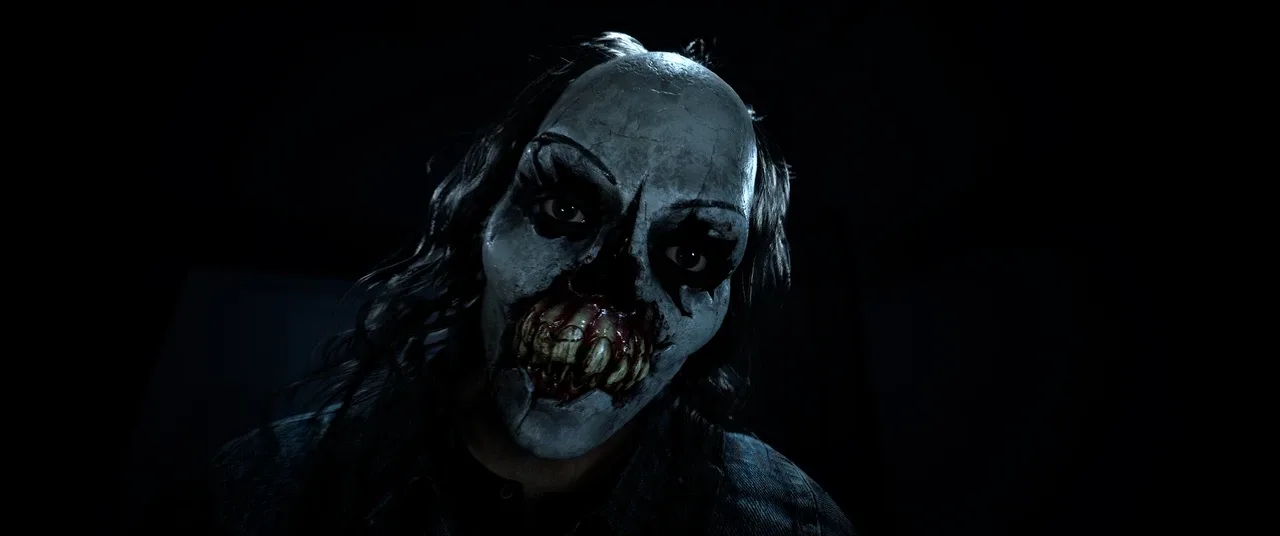
That’s not to say there aren’t a lot of good additions to the remake. For one, characters are infinitely easier to control. While still a little clunky, it’s less like wading through a river of golden syrup, and more like ankle deep snow. This is also Until Dawn’s first release on PC, allowing a whole new audience to give it a go. One of the best additions to the remake is a new totem. Totems are collected throughout the game and offer guidance to the player with short clips of possible scenes to either avoid or aim towards. The new totem is the totem of hunger, and shows the slow descent into madness of the main villain. This new lore dump adds a lot of extra dimension to the plot of the game.
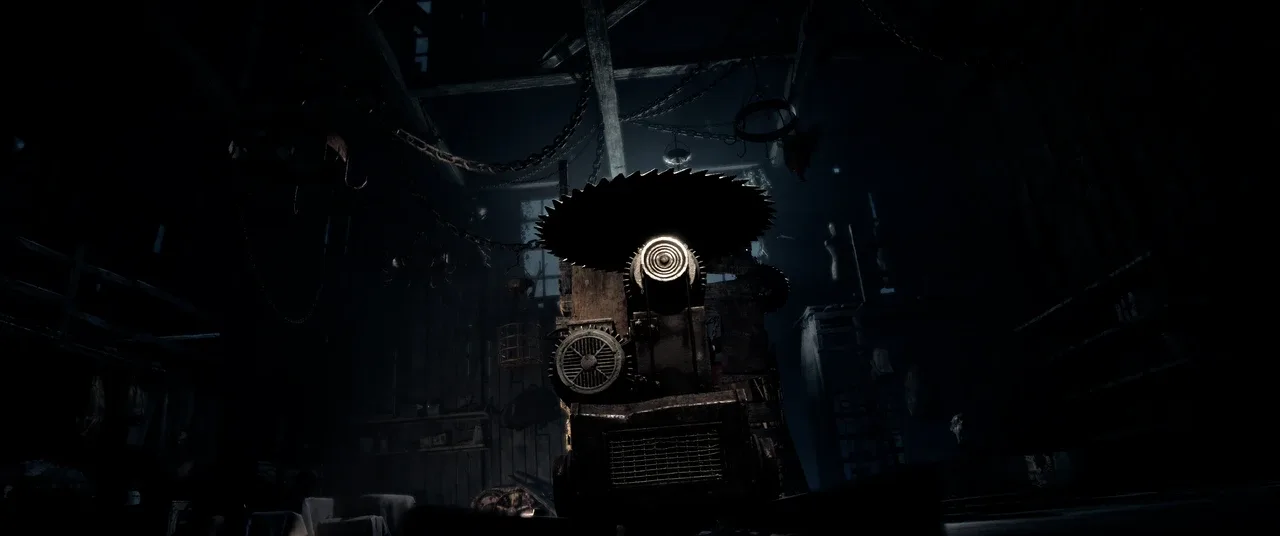
The graphical update to the remake has been hotly debated. Did the original really need a huge upgrade? Not really, it was still very passable. But, we got one, and it is an improvement. Characters wear their traumatic experiences on their face, and in their eyes a lot more. The damage being inflicted is much more in your face, and really drives home that no matter who you save, no one really wins. Speaking of faces, there are smoother animations in general, making facial expressions much more realistic, adding depth to characters. There are also scenes that have completely different emotional reactions, really changing how you view some characters. Except for Dr. Hill, who insists on staring into your soul and making uncomfortable expressions at you while calling you a liar. But that’s just Peter Stormare.
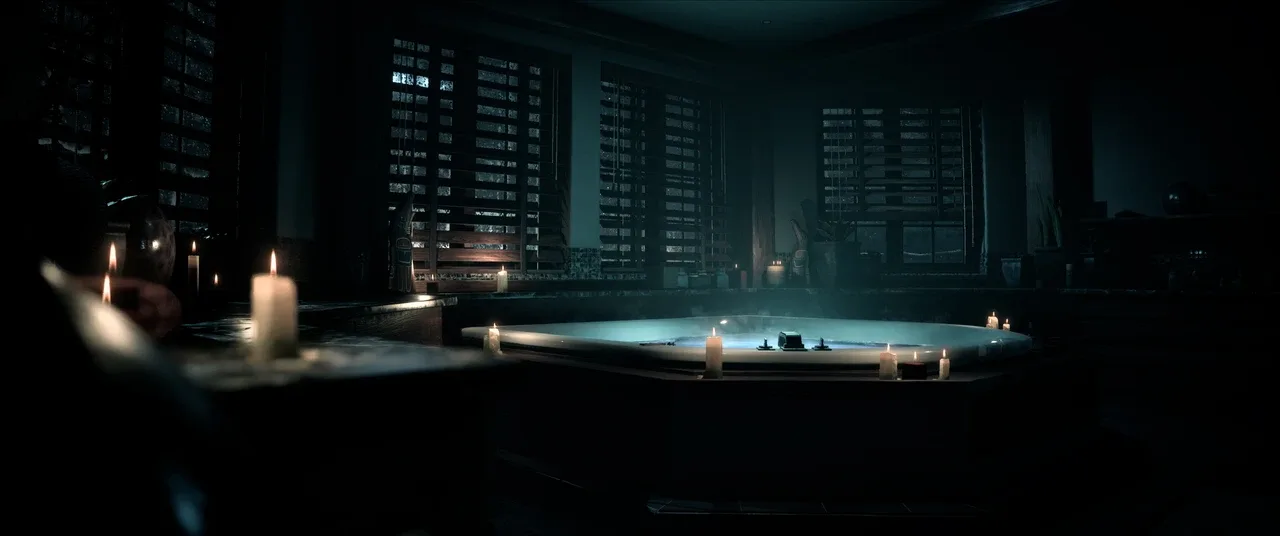
The lighting has been completely redone, removing the washed out look of the original game. Graphically, this feels like the biggest change. While there have been complaints about a blue filter being put on the remake, the truth is that there was always a blue filter in certain areas, mainly the lodge. But the washed out, over saturated lighting just made it less noticeable. Now, with more accurate lighting, it smacks you in the face a bit more. The blue filter doesn’t appear in other places, like the mines, or sanitorium, and is instead indicative of the low lighting in the lodge with its lack of power.
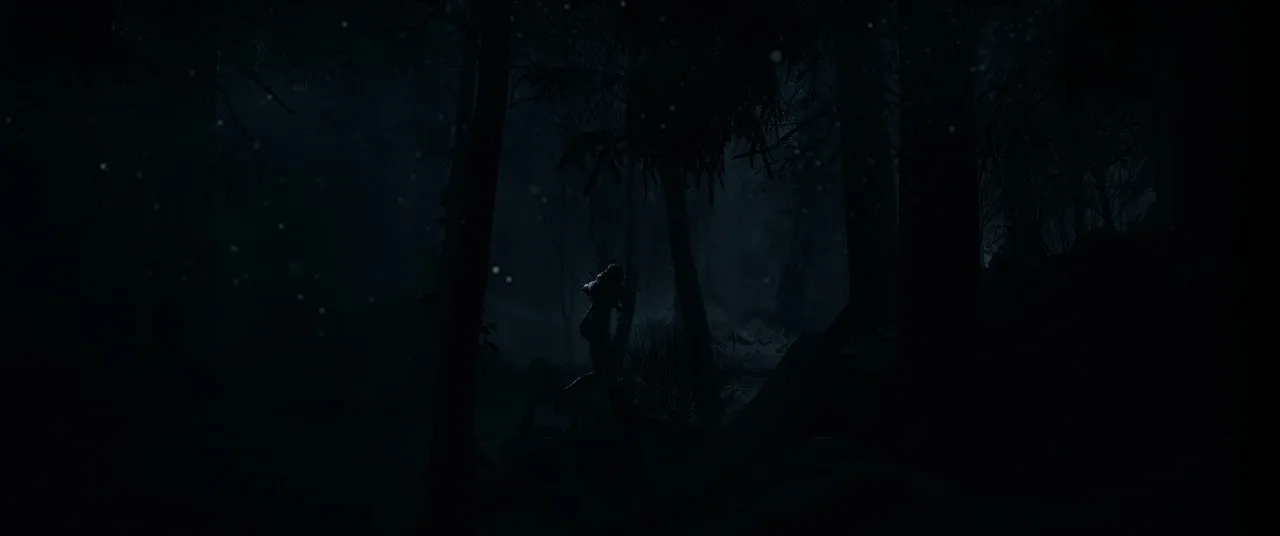
The biggest question at the end of the day is did we even need a remake? Until Dawn (2015) is still playable on PS5, and it runs well. With the added bonus that a lot of people would have access to it either as a PS+ game, or as a game from the catalogue where as the remake comes with a hefty, full game price tag. However, almost every change or upgrade to Until Dawn has been an improvement. Better graphics, more developed characters, extra scenes, smoother controls, and new endings. Playing the remake feels like playing a more polished version of the original, with more standardized controls. Unfortunately, we seem to be inundated by remakes at the moment, and there is a clear resentment building up from gamers. While some remakes like Resident Evil 4, and Crash Bandicoot are well loved, Sony in particular seems to be fumbling over what people want in a remake. Until Dawn (2024) is just the latest in a list of games that are currently playable, but are being remastered. Yes, Last of Us Part I and II Remastered, you are the problem child.

Until Dawn (2024) does offer more than just new graphics, and it has been nearly a decade so there is some sense in the argument that ever improving technology means games are becoming outdated faster than ever. But the real reason we’re seeing this remake now is because the Until Dawn movie has just finished filming. Just like The Last of Us was remastered (again) before the release of the TV show, and a remaster for Horizon Zero Dawn was just announced, and would have been worked on for a while before the TV show was canceled. It seems like Sony is trying to keep the hype for franchises high by branching out into different forms of media. They’re running into the issue of the time it takes to make a video game. Development for large games is increasing. Three years between games is a dream time frame these days, while five years is a lot more realistic. But a lot happens in five years, and if you want to announce a new TV show or movie, and there is no new game on the horizon, a remake slips in nicely. Sony’s last few remakes have just been marketing techniques. Or perhaps that’s just reading into it too much.

Should you buy Until Dawn (2024)? If you want to, yes. If you’ve never played the original, this is a good game to get you into the franchise. If Sony’s stream of remakes annoys you, then perhaps not. But if you do decide to give it a try, Until Dawn (2024) still carries the same great plot, tough choices, and wild twists that made it a cult classic. Just maybe not for full price…
8/10
